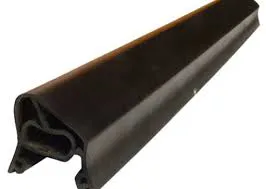Superchargers are pivotal in addressing one of the main concerns surrounding electric vehicles range anxiety. Traditionally, the fear of running out of battery during a journey has deterred potential EV buyers. However, the introduction of supercharging stations has dramatically reduced this anxiety. With the ability to replenish an EV’s battery in as little as 30 minutes to an hour, superchargers have expanded the practical range of EVs beyond the confines of urban driving. This technology allows for long road trips without the extensive planning that was once necessary, fostering a new era of flexibility and convenience for electric vehicle owners.



